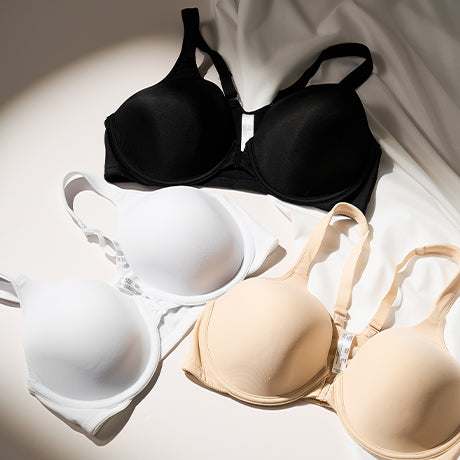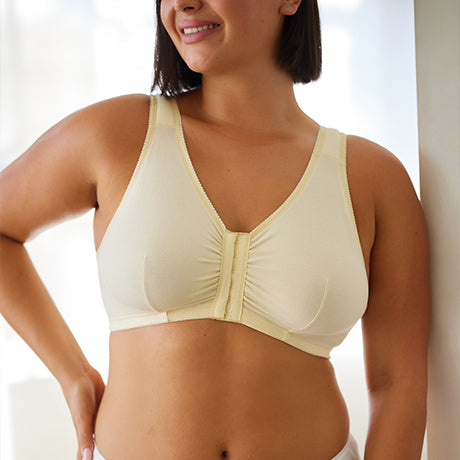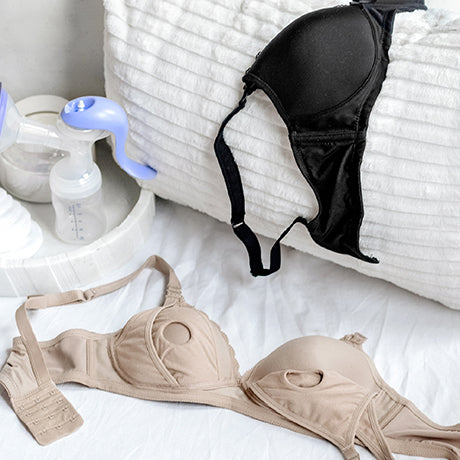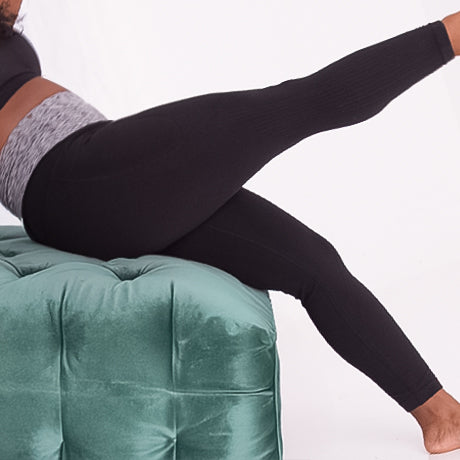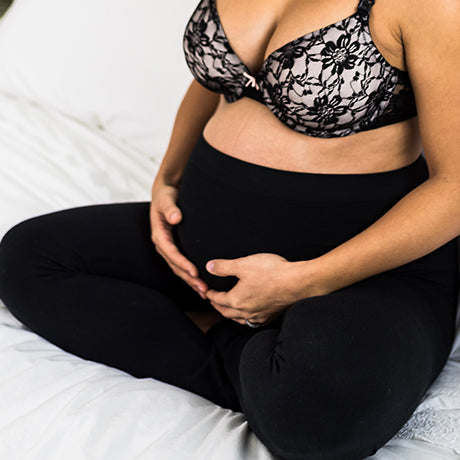Developing Your Baby’s Senses
Just like you, your baby is constantly exploring her world using her senses. Without the ability to read and converse, babies use senses as their primary means of learning. So understanding your baby’s sensory development and helping it along only benefits her interactions and knowledge of her surroundings.
Surprising to many new parents, at birth, the sense of smell, taste and touch are most keen, while hearing and eyesight develop over the course of the first year of life. The sense of smell develops in the first trimester of pregnancy. After that point, babies are aware of  different smells that enter the womb through amniotic fluid, such as foods mom eats or anything she inhales. Newborns navigate by their sense of smell, which is one reason why newborns are able to latch to breastfeed so quickly after birth. They can smell their mother’s breast milk, even picking out their own mother’s milk over another mother’s milk, and use their noses to find the breast.
different smells that enter the womb through amniotic fluid, such as foods mom eats or anything she inhales. Newborns navigate by their sense of smell, which is one reason why newborns are able to latch to breastfeed so quickly after birth. They can smell their mother’s breast milk, even picking out their own mother’s milk over another mother’s milk, and use their noses to find the breast.
Smells are extremely comforting to babies. In addition to the comfort of the scent of their own mother’s breast milk for nourishment and bonding, babies appreciate pleasant smells, like natural floral scents or their family’s laundry detergent. Next time your baby is fussy, introduce a non-toxic fragrance to the room to see if it calms her down.
The sense of touch also develops in utero. In the womb, babies often touch their own faces, suck their thumbs or feel around the lining of the uterus. They are curious about their very first room! Once babies are born, adults are responsible for most of their tactile stimulation because babies aren’t able to move around much. Hugging, kissing, cuddling and stroking your baby help fulfill their sensory needs while also boosting her emotional balance.
Additionally, skin-to-skin contact is vital to a baby’s development. Feeling a parent’s skin is comforting to babies; it makes them feel safe and loved. Skin-to-skin contact with mom helps encourage breast milk and regulate feeding schedules, as well as help babies develop their respiratory system and regulate body temperature. In essence, this ultimate touching sensation syncs a baby’s body with her mother for a stronger, more rhythmic relationship.
Baby wearing is another way to achieve physical closeness to develop the sense of touch and create a warm, loving environment. The constant rocking and swaying of your body is soothing. At night, swaddles recreate a similar sensation for babies to feel wrapped in security. Baby massages can be a wonderful way to use the touch sensation on a baby as well. Using a gently formulated lotion, you can softly rub your baby’s skin for a sweet and playful sensory experience. You may just get your very first smile out of it.
Hearing also begins to develop in the womb, but unlike smell, taste and touch, it’s not as developed until around six or eight months of life. You will probably notice your baby’s hearing growth. We know babies can hear in utero, which is why experts recommend talking and singing to your baby so she becomes familiar with your voice. Very early in life, babies recognize tones, voices and native languages. As time goes on, babies’ muscles mature, they will be able to move their heads toward sounds and eventually turn when their own name is called.
Eyesight takes the entire first year to fully develop. At birth, babies can only see from the distance between herself to mom’s face when held at breast level – nature’s amazing way of bonding mother to child through breastfeeding.
Many of the ways you can develop your baby’s senses are intuitive – who doesn’t want to cuddle with their newborn? But being aware of your baby’s sensory experiences and remembering that the senses are her only source of learning at this young age will help you actively engage your baby’s senses.
The post Developing Your Baby’s Senses appeared first on Leading Lady.

